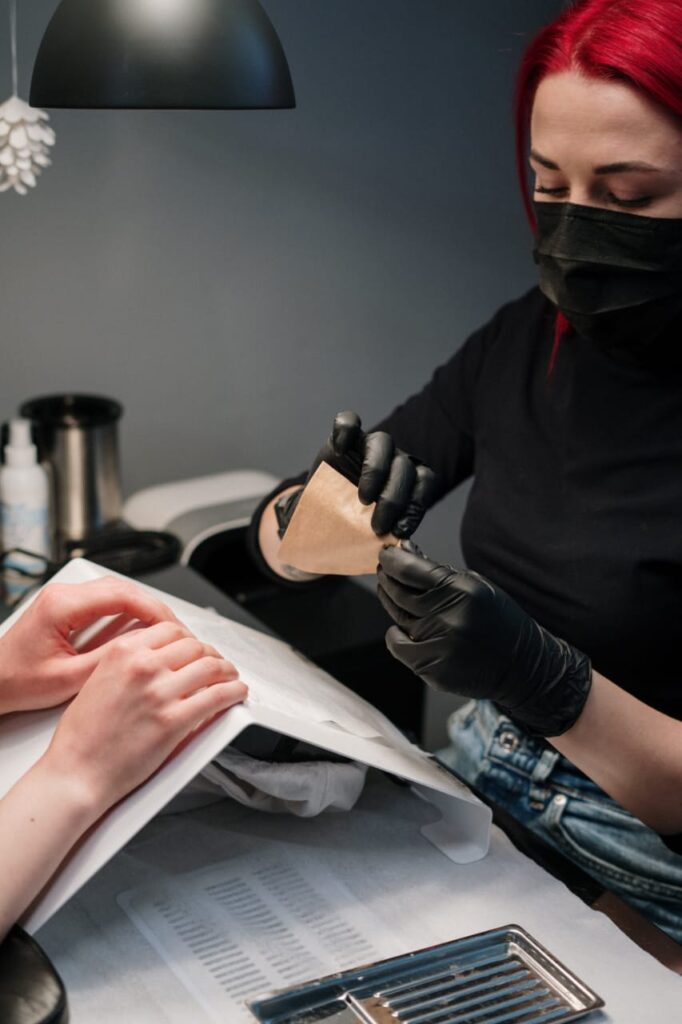
Dermaplaning, a cosmetic procedure gaining popularity, offers a delicate and effective solution for rejuvenating the skin’s appearance. This article provides an in-depth exploration of dermaplaning, covering its process, benefits, potential risks, and differences from microdermabrasion.
What Is Dermaplaning?
Dermaplaning is a noninvasive cosmetic procedure that involves the gentle removal of the top layer of the skin using a surgical blade. This process not only exfoliates the skin, eliminating dead cells, but also addresses unwanted facial hair for a revitalized look.
How It Works
During a dermaplaning session, a skilled professional glides a surgical blade across the skin, stripping away the outermost layer. The use of a dermatome, resembling an electric razor, facilitates the removal of surface layers, making it a painless and quick procedure with minimal downtime.
The Procedure
Typically performed by dermatologists, plastic surgeons, or aestheticians, dermaplaning takes approximately 30 minutes. The steps include reclining in a chair, skin cleansing, and the gentle scraping away of the top layer using a surgical blade. It’s crucial to communicate any specific concerns or sensitivities with the skincare professional for a tailored experience.
Cost and Finding a Provider
The cost of dermaplaning varies based on factors such as location, professional expertise, and included amenities. On average, a single session costs around $125. To find a qualified provider, consult local dermatologists, aestheticians, or plastic surgeons, perform an online search, review websites, and seek recommendations from friends or family.
Benefits of Dermaplaning
Dermaplaning, whether standalone or combined with other treatments, offers numerous benefits, including the removal of dead skin cells, elimination of facial hair, and potential improvement in skin spots, blemishes, and fine lines. The procedure may also stimulate collagen production for healthier-looking skin, with no downtime.
Who Gets Dermaplaning?
Ideal for individuals seeking a smoother facial canvas, dermaplaning can optimize the absorption of skincare products. It addresses common skin concerns like dryness, dullness, fine lines, rough textures, spots, blemishes, unwanted facial hairs, and uneven skin tone.
Who Should Avoid Dermaplaning?
While generally safe, individuals with specific medical or skin conditions, such as keratosis pilaris, rosacea, cystic acne, diabetes, skin cancer, hemophilia, recent chemical peels, or ongoing chemotherapy, should explore alternative options.
Risks and Side Effects
Potential complications include temporary skin discoloration, redness, and skin irritation. Consulting a qualified skincare provider beforehand is advisable to determine the most suitable course of action for individual circumstances.
Is It Safe to Dermaplane at Home?
Dermaplaning is typically considered a noninvasive treatment, but due to the use of a scalpel, attempting it at home may pose risks. Seeking the expertise of a dermatologist, plastic surgeon, or licensed aesthetician is recommended for safety and effectiveness.
Preparing for Dermaplaning
Before the procedure, providers may recommend avoiding sun exposure, discontinuing exfoliating products, ensuring clean skin, and confirming the absence of open cuts or wounds.
Dermaplaning vs. Microdermabrasion
While both noninvasive cosmetic procedures, dermaplaning and microdermabrasion differ in techniques and outcomes. Dermaplaning uses a surgical steel blade for exfoliation, while microdermabrasion employs an electric device with abrasive exfoliants and suction, targeting additional skin conditions like stretch marks, melasma, seborrheic skin, and enlarged pores.
When to Contact a Healthcare Provider
If symptoms like swelling lasting over a week, infection, blistering, or bleeding arise after dermaplaning, seeking prompt medical attention is essential.
Summary
Dermaplaning emerges as a noninvasive and quick cosmetic procedure, utilizing a surgical blade to rejuvenate the skin’s appearance. With benefits ranging from dead skin cell and facial hair removal to collagen stimulation, dermaplaning is a safe and popular choice when performed by trained professionals. Consult with a healthcare provider to determine if dermaplaning is the right treatment for you
To Advertise, send a mail to advertise@followglobaltrends.com
Medically reviewed by William Truswell, MD


